Q&A With Steven Cox
1. Can you tell me about your background?
Sure, I was born in Aberdeen in 1986. Since then I have grown considerably.
I have always drawn and painted since a young age, though I attended Duncan of Jordanstone College of Art at the age of 17 and graduated in painting at Duncan of Jordanstone when I was 21. During my undergrad education I researched a lot, I traveled to Berlin, Leipzig, New York and Italy to see what was going on. I even taught painting in America for a summer. In my final year at Duncan of Jordanstone, I found that the Leipzig school and Kippenberger have most specifically influenced me. In hindsight, I guess my degree show was a bit wild because of Kippenberger’s influence on me. 3 weeks prior to my final assessment, I destroyed a series of large-scale figurative paintings so I could exhibit 9 small-scale abstract/figurative paintings. They were fun though pretty shitty in their own modest way. All of the works were oil on board, and a lot sold.
The tutors were pretty unhappy by my sudden decision-making, though I think it was a personal response to what I felt at the time. I think, because of realising how much was going on Internationally, the works I made was actually a response to my internal frustration. During my year out from graduating, I traveled a lot more and explored more galleries around Europe. I also gained a more thorough interest within art fairs etc. In 2009, I then decided to pursue a MA degree in Contemporary Art Theory and Gallery Curating from Edinburgh College of Art. It was wise to move from Dundee to Edinburgh, for I became more involved in exhibitions. As a result, I began Hunted Projects, which at the time was purely a curatorial venture where I would showcase Edinburgh/British artists within irregular spaces throughout Edinburgh. I began this because I felt this was not happening within the city, though was required.
During this time of studying curating, I painted a lot in my flat, a few disasters happened along the way. I specifically remember renting a really expensive flat in a nice area of Edinburgh though completely destroyed the carpet by leaving a bad trail of oil paint. Somehow, I managed to cover it up by using cream coloured spray paint and oddly I got away with it. Though, at that point, I realized a serious studio was required so my work could be explored further.
In 2012 I had a solo exhibition titled Roaming Wild Pastures, which was the first major solo show where I featured a series of well-finished small-scale works. These works were very object-like, and they were a celebration of what were essentially many years of personal development and research. I was delighted by this show and from that point, I continued to focus even more on my painting and Hunted Projects became a purely dialogue based platform. Since then, my time is split between by studio and my home. For the past 2 years, my studio has been no more than a 3 minutes walk from my any flat I have lived in. I need to live close to my studio as I am there every day, and when I am not there, I am working on Hunted Projects / In Dialogue.
2. How and why do you incorporate poems into your works?
I have owned an old book of Robert Burns’ poetry for several years. I bought it from a charity shop for like 20p, thought it was a great find. It includes a great selection of his best works, and a lot of many lesser-known poems, songs and Ode’s. It is fantastic. This book has been read, used as a pillow and used to keep paintings off the floor. Essentially, it is a tool.
Over the years, I have found a repeating pattern happening, where i would often return to this book when wanting to read true Scottish language. It is difficult to parallel the texts to anything else, particularly because Robert Burns was taught to me when I was only 8 years old when in primary school so I feel an affinity to his writings. His poems also have a huge cultural value, though it is difficult to avoid Robert Burns when living in Scotland. His face is/was on our currency, and as a figure, he regularly represents Scotland in many ways.
3. What is the idea/concept behind your art?
My current exhibition at Halsey McKay Gallery is titled An Ode To No One, which began as a private response to not only Robert Burns as a poet, though as an exploration of language within painting. I believe that painting owns it’s own language, and each painting technique can be defined as the visual equivalent to both a vocal or literary gesture. I find this over lap incredibly fascinating, and so I chose to create a series of paintings that explore the division of the surface that relates to literary lines/stanzas within poems. I also limited my palette and use of the stripe to symbolize language, and furthermore the manipulation of a personalized language. This body of work has a huge personal significance to me, and I am already in the studio continuing this area of work.
4. What is the worst thing about being an artist?
I am unsure if there is a worst thing. I love being able to go to my studio on a daily basis and to be able to socialize with some truly fantastic creative people on a regular basis. I wouldn’t change my profession at all.
5. Collectors – Gallerist – “art investors” – Good, bad or…..?
It is great to be able to work with a diverse range of creative individuals, and I believe that each individual involved is a vital part of the art world at large.
6. What would you ask an artist in a Q&A and who?
I have asked many questions to a mixed ranged of artists for Hunted Projects. I feel that a favourite question and response was to/by Eric Yahnker, who as an artist and individual is hilarious to me. – I quote –
Steven Cox – “I could imagine that a male, 6ft 1.5″ bearded lingerie model would face many challenging discriminatory issues, several of which would hinder the progression of a successful career as a male model. What were the highs and lows of being a male model before choosing a change in career, settling for the artistic pathway as an alternative?”
Eric Yahnker: “Thank you for understanding. It’s been difficult to find a sympathetic ear. I did make a fairly remarkable transformation from my younger years. It may sound completely stupid, but becoming an artist was tantamount to coming out of the closet for me. I still have a difficult time calling myself an artist. I consider myself a comedian, or satirist, or dipshit Neanderthal. But, as I’ve often said, when the shit you’re making doesn’t fit anywhere else, “art” is there to catch you before you fall off the proverbial cliff. So, I’m going with it. Basically, I went from being a clown who looked like a lost Backstreet Boy to a clown who looks like a lost overgrown garden gnome.”
An Ode to No One, the first solo exhibiton in the United States by Scottish artist Steven Cox. Through horizontal and vertical repetition of color, pattern and labor Cox explores the possibilities of the linear stripe as the exhibition’s visual motif.
Each painting owns similar processes and techniques, though their consciously restricted palette has encouraged the artist to deconstruct and reconstruct the canvas plane to create dazzling visual depth and texture.
The paintings nod to poetic structures likes stanzas, as flat monochrome planes are aligned alongside spray painted gestural marks and densely layered surfaces of oil and negative space. Cox pays homage to his Scottish roots through his physical use of Hessian Jute for material as well as with painting tiltles: Cutty Sark, Ay Waukin and Rantin’ Rovin, Rantin Rovin that reference Scottish poet, Robert Burns. The beautiful, battered and wise surfaces of these paintings share a kinship with the emotional polarities of Burn’s classic writings.
Steven Cox was born in 1986 in Aberdeen, Scotland and is now based in Edinburgh. He holds a BFA from Duncan of Jordanstone College of Art and Design, Dundee and an MA in Contemporary Art Theory & Curating from Edinburgh College of Art, Edinburgh.
Exhibitions have been at The Royal Glasgow Institute of the Fine Arts, 99 Hanover Projects, The Old Ambulance Depot, Duncan of Jordanstone College of Art and Design and The Royal Scottish Academy in Edinburgh. Cox has curated, written and conducted interviews with many leading contemporary aritsts under the moniker Hunted Projects.
STEVEN COX
Rantin’ Rovin’, Rovin’ Rantin’, 2014 Oil and spray paint on canvas
72 x 50 in; 180 x 130 cm
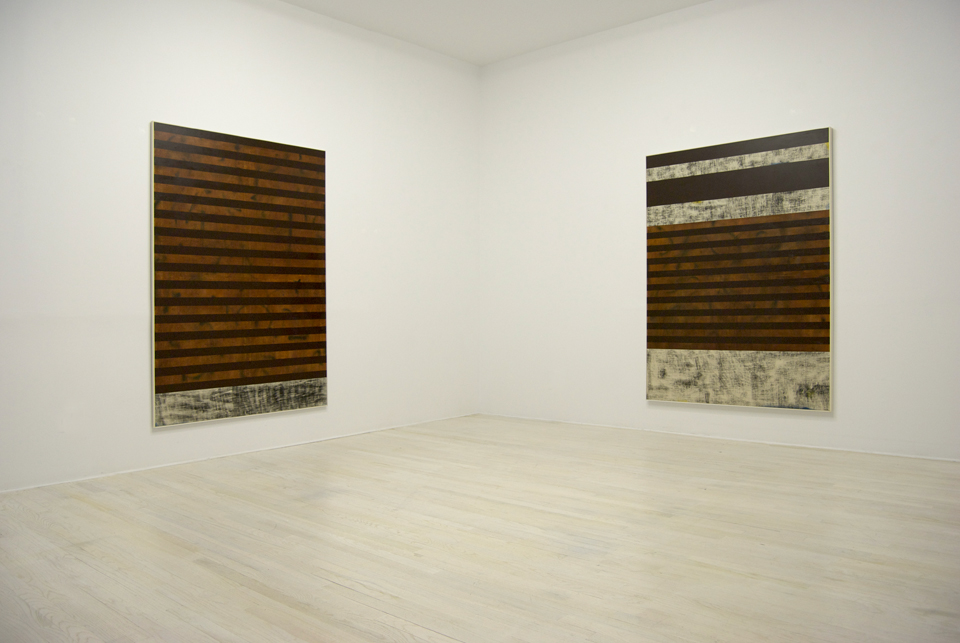
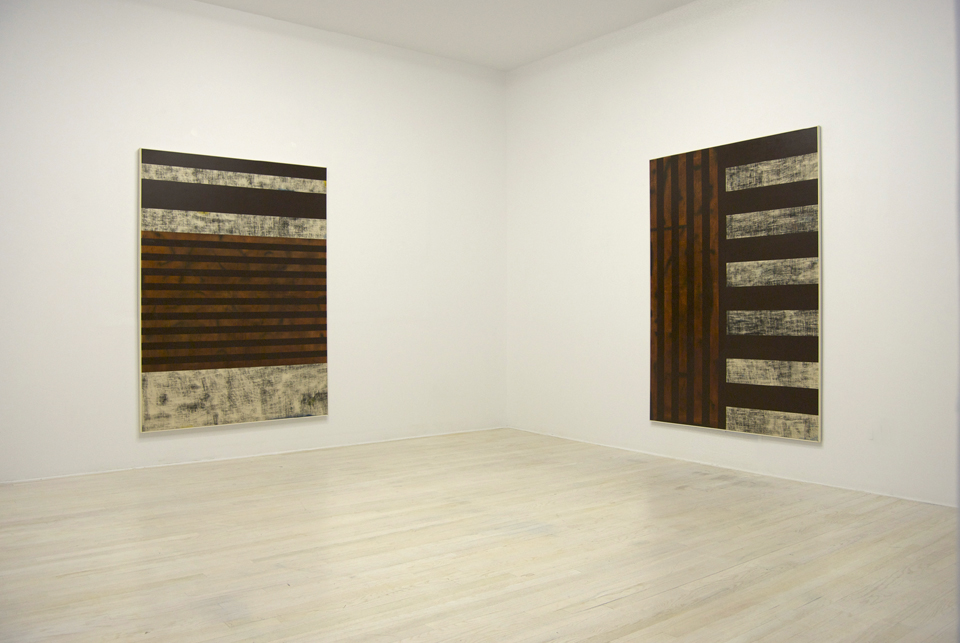
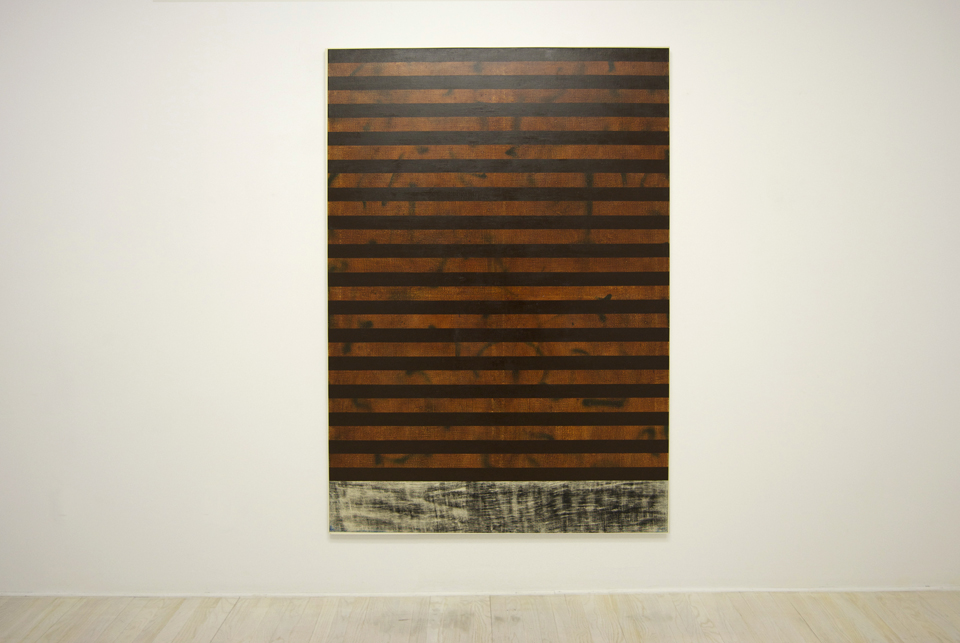
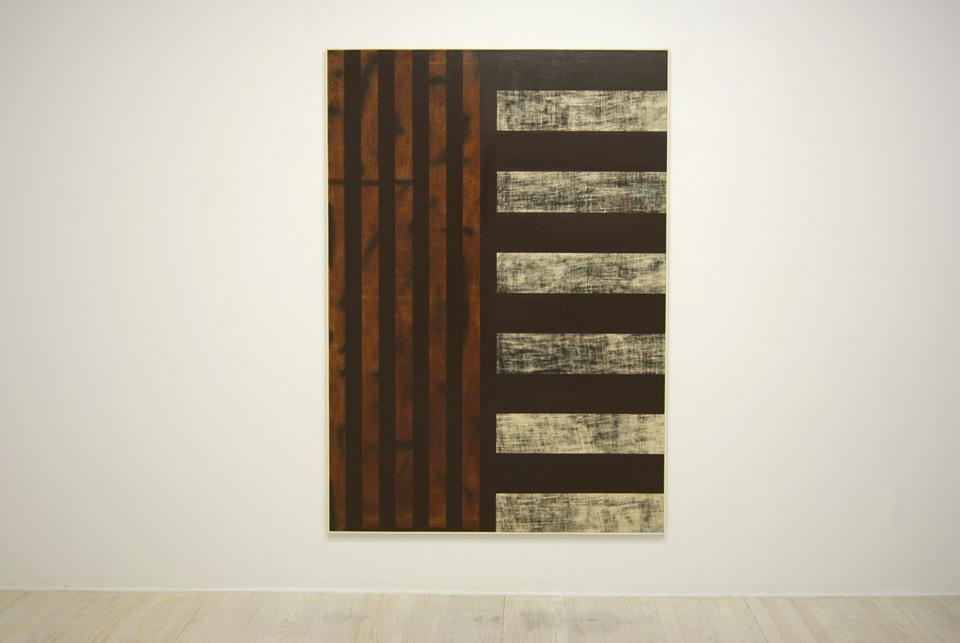

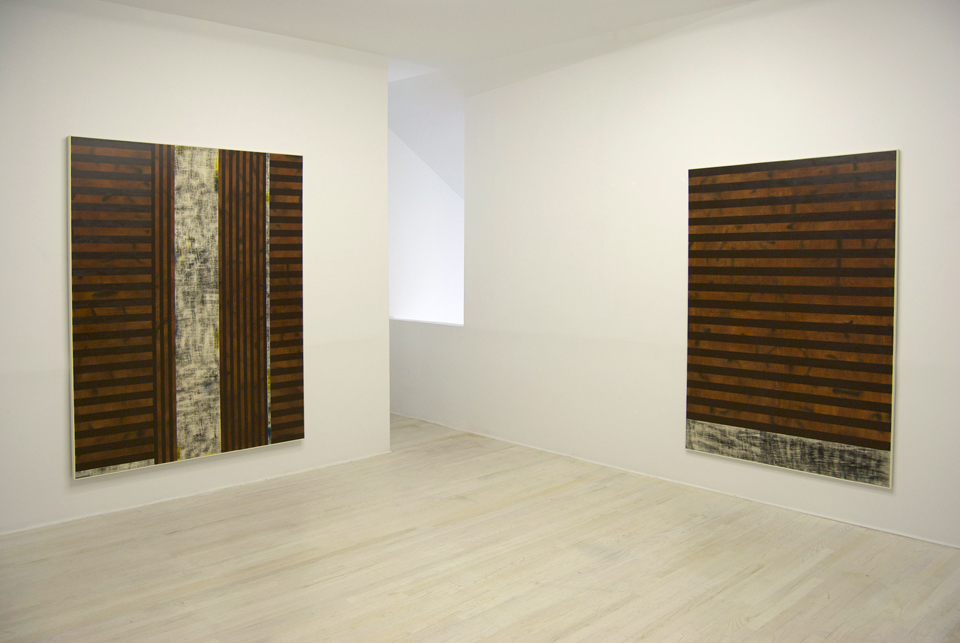

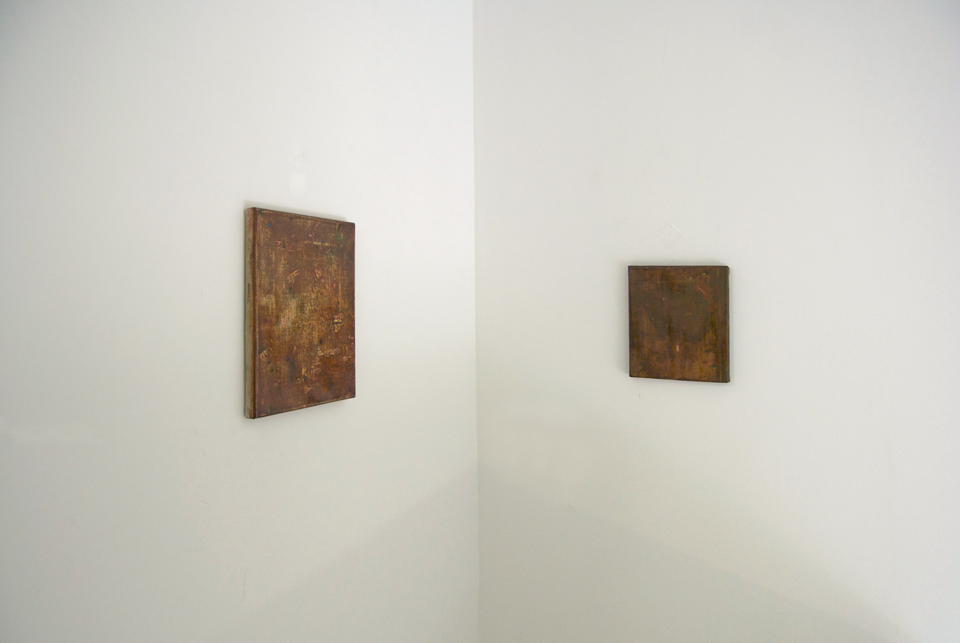
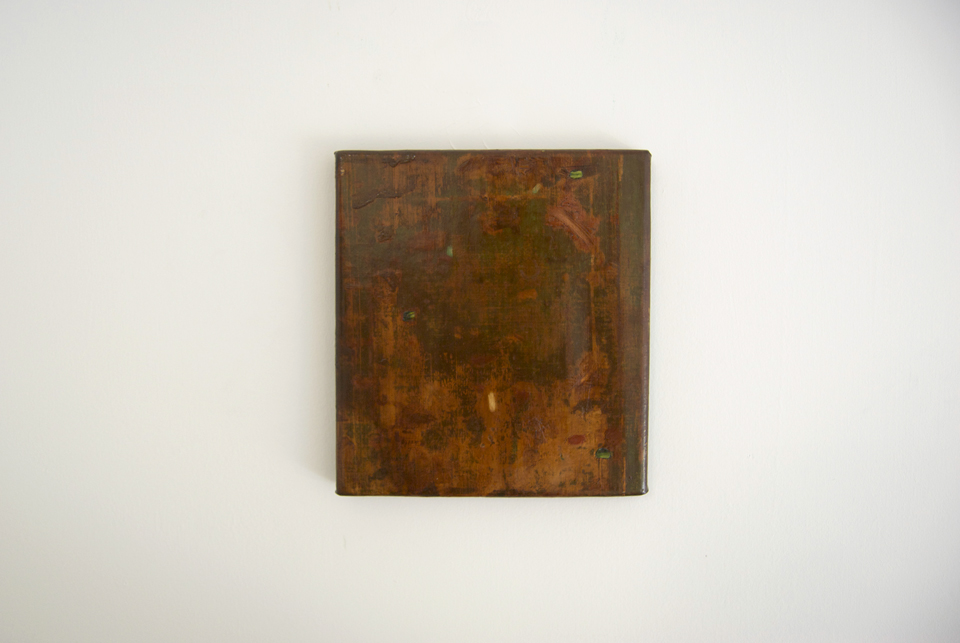

Pingback: Group Show / Copenhagen 2014 | Copenhagen Contemporary Art
Pingback: All about art – 33 Artist in 2014 !! | Copenhagen Contemporary Art